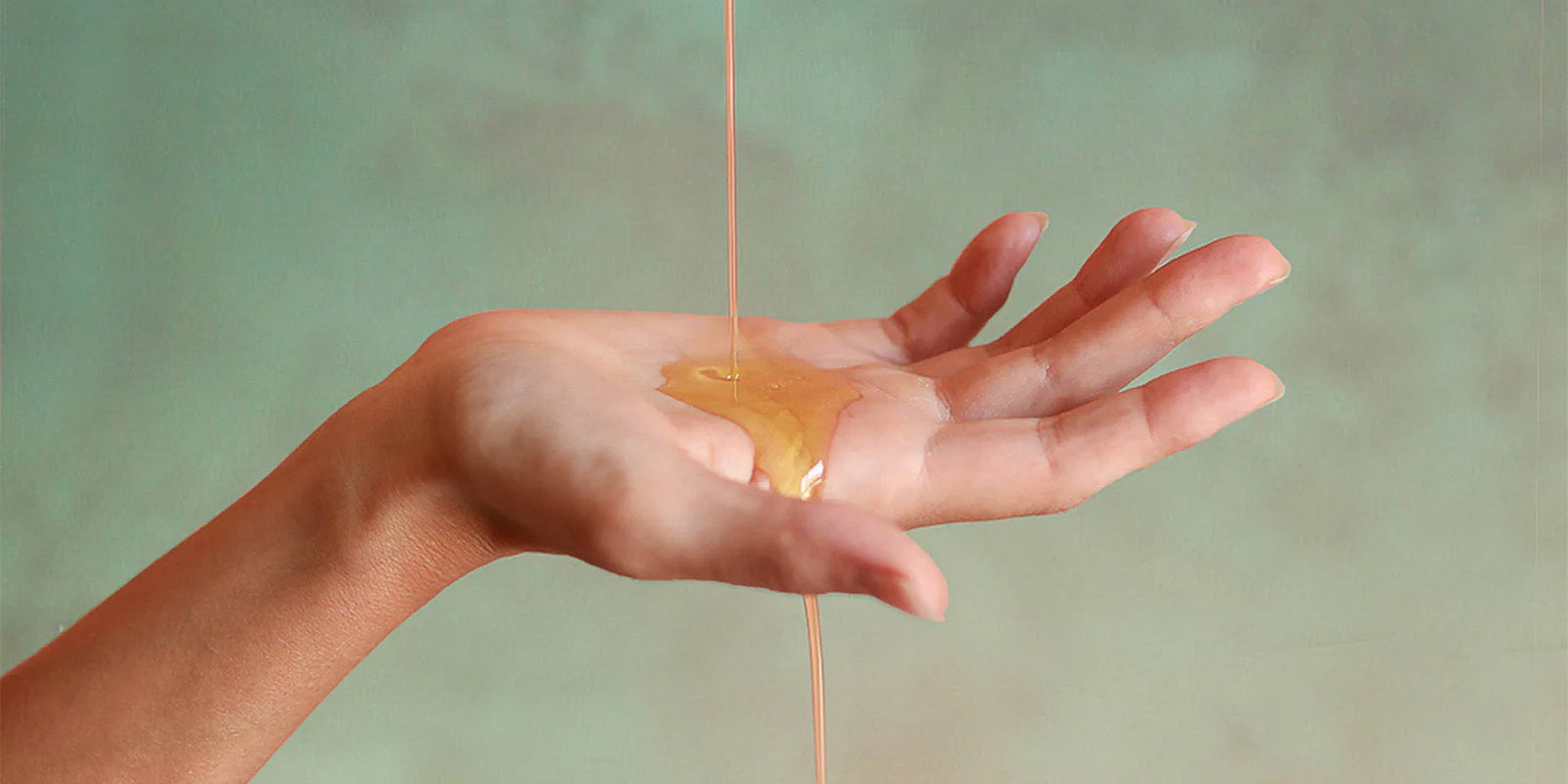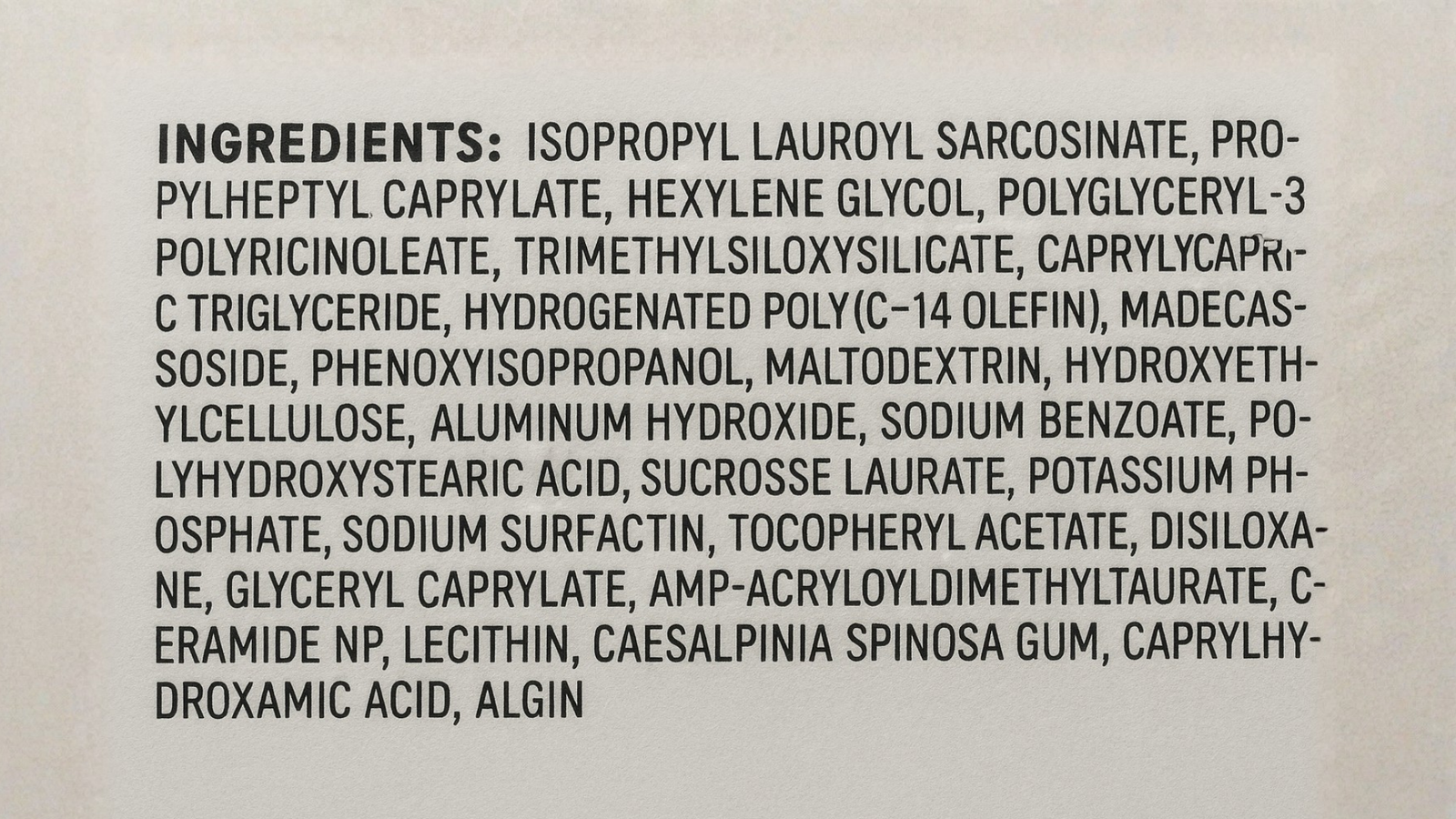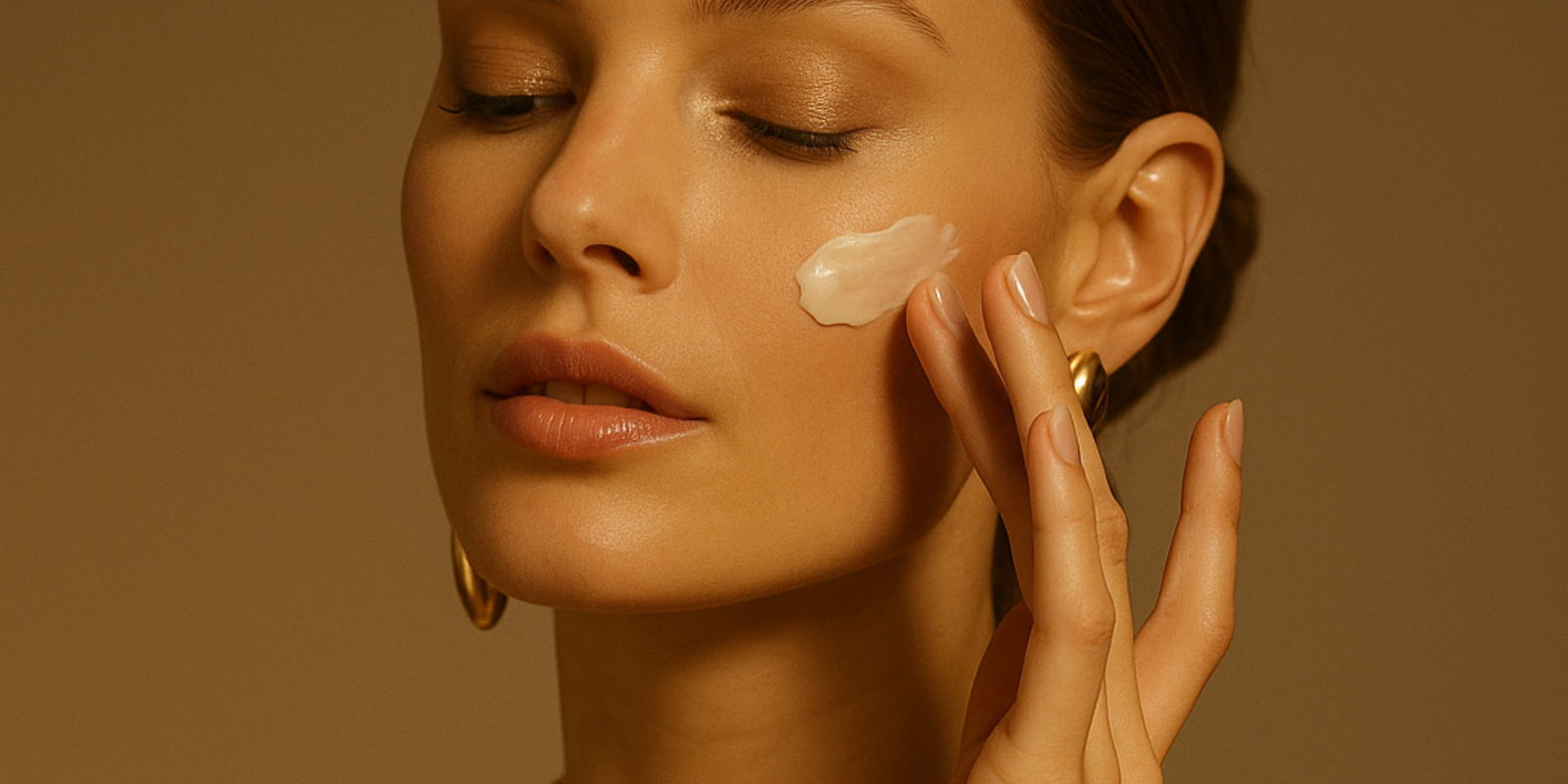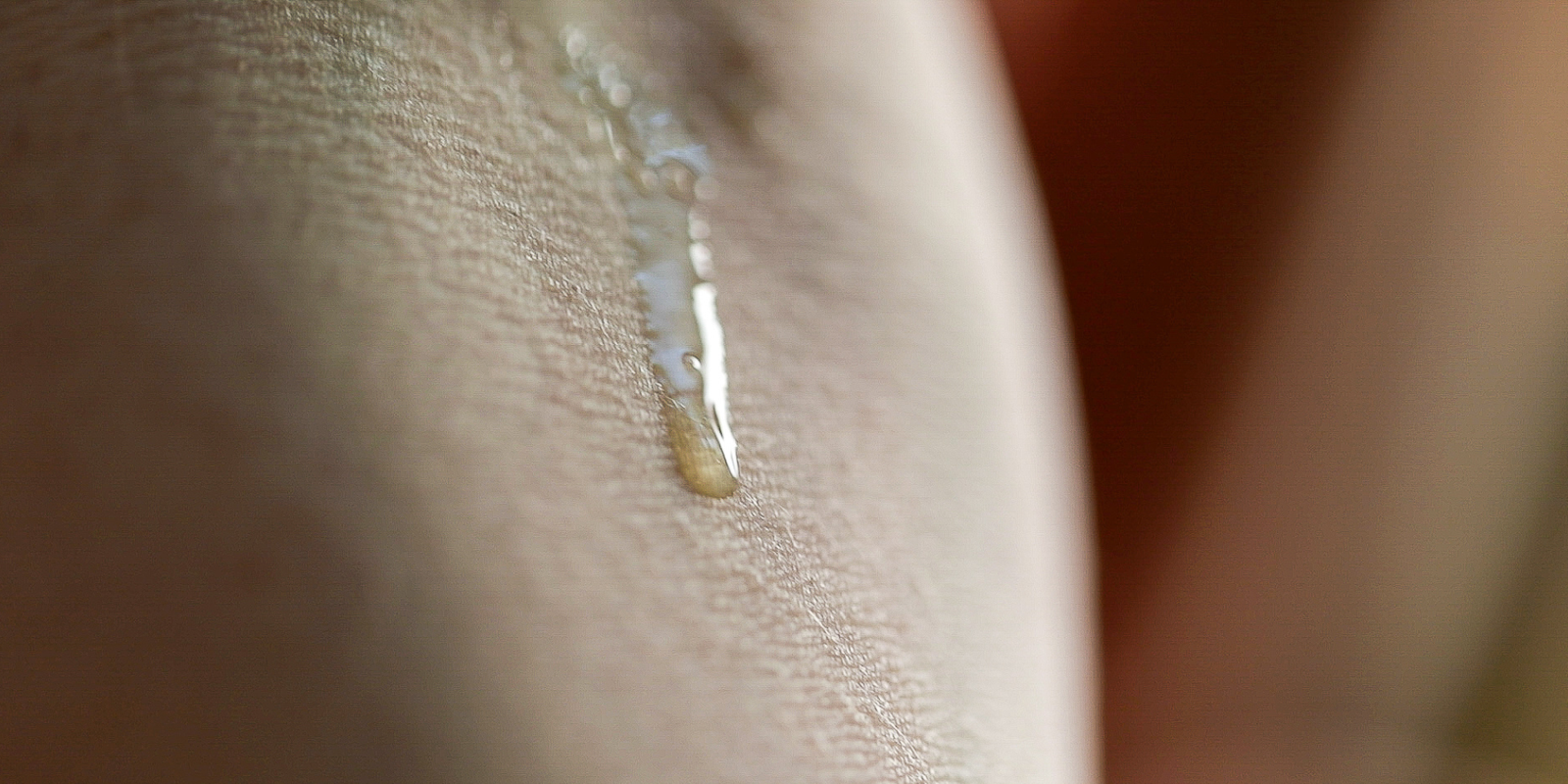EWG Verified & Leaping Bunny Certified | Free Gift $200+
EWG Verified & Leaping Bunny Certified | Free Gift $200+
Are Face Oils Comedogenic?

Are Face Oils Comedogenic?
Introduction.
“Will face oil clog my pores?” I get asked this all the time. Oil is sometimes thought of as thick, heavy, and bound to clog pores, especially for people with acne. My answer, which is ‘maybe,’ is nuanced; it depends on the oil! In this post, I’ll go over why some oils can clog your pores while others help keep them clean and how to choose the right oils for your skin to keep it clear and healthy.
What does comedogenic mean?
First off, what does comedogenic mean? Pronounced co-mid-oh-jen-ik, it is an adjective that refers to the likelihood that a skincare or cosmetic product will cause clogged pores, blackheads, or blemishes. If a product or ingredient is referred to as non-comedogenic, it is not likely to clog your pores, and vice versa.
The comedogenic ranking system.
The comedogenic scale is a numerical ranking system that determines how pore-clogging or non-pore-clogging an ingredient is. The scale ranges from 0 to 5, with 0 being completely non-comedogenic and 5 being highly comedogenic. Anything that falls in the 0-2 range is considered to be non-comedogenic for most people.
- 0 = Will not clog pores at all
- 1 = Extremely low likelihood of clogging pores
- 2 = Low likelihood of clogging pores
- 3 = Moderate likelihood of clogging pores
- 4 = Fairly high likelihood of clogging pores
- 5 = Extremely high likelihood of clogging pores
Face oil is an umbrella term for multiple ingredients.
The problem with asking whether or not face oils are comedogenic is that face oil is an umbrella term for a wide range of oils; face oils are made from a blend of different carrier oils and essential oils. Here is a blog post I recently wrote explaining the anatomy of a face oil for more information on that. Some of these ingredients have low comedogenic rankings, while some have high rankings, so it depends on the particular ingredients in a face oil to determine whether or not the product as a whole is considered comedogenic.
Comedogenic rating is determined by carrier oils.
While face oils are often made from a blend of carrier and essential oils, the carrier oils determine the comedogenic rating. Essential oils are not actually oils but volatile organic compounds pressed from plant materials and are quick to absorb or evaporate.
Carrier oil comedogenic ratings.
Every carrier oil has a different chemical composition, directly affecting its texture, viscosity, absorbency, and comedogenic rating. Below is a list of some of the most commonly used carrier oils and their comedogenic rating.
Almond: 2
Apricot Kernel: 2
Argan: 0
Avocado: 3
Castor: 1
Coconut: 4
Chia Seed: 3
Evening Primrose: 2-3
Flax Seed: 4
Grape Seed: 2
Hazelnut: 2
Hemp Seed: 0
Jojoba: 2
Macadamia: 2-3
Marula: 3-4
Meadowfoam: 1
Moringa: 3-4
Olive: 2
Palm: 4
Pomegranate Seed: 1
Sacha Inchi: 0-1
Safflower: 0
Sesame: 2-3
Wheat Germ: 5
Choosing the best oils for skincare.
When choosing a face oil or any oil-based skincare product, it is best to choose one with oils that have a comedogenic rating of 3 and under. This will reduce the likelihood of it clogging your pores or causing blemishes. Oils with a higher comedogenic rating should be avoided on your face but can generally be used on your body without issue.
Comedogenic ratings of Flora Mirabilis ingredients.
When I formulated our Holy Grail Face Oil and Fountain Of Youth Cleansing Clay. I chose oils with a low comedogenic rating because of the huge difference they make in how oil feels and reacts to your skin. Below are the oils used in both products and their comedogenic ratings. Click here to shop both products and learn more about them.
Holy Grail Face Oil:
- Sacha Inchi: 0-1
- Apricot Kernel: 2
- Pomegranate Seed: 1
Fountain Of Youth Cleansing Clay:
- Safflower: 0
- Meadowfoam: 1
- Castor: 1
Also in Apotheca Edit

The Hidden Cost of Fillers: You’re Paying for Ingredients That Irritate Your Skin
Many skincare products rely on “filler” ingredients—fragrance, dyes, and texture agents that offer no real skin benefit and may contribute to irritation. Learn how to spot them and choose formulas built only with active, purposeful ingredients.

The Dangers of Designer Skincare
The price tag of luxury skincare doesn’t mean rare ingredients and better results. Many designer formulas prioritize packaging gimmicks and prestige over true skin health—often using silicones, synthetics, and preservatives that quietly damage your skin barrier. Learn about label transparency and why “premium” isn’t always better to reveal what skin nourishment really looks like.

The Top 10 Best (And Worst) Oils to Use On Your Face
I get asked all the time about using oils like avocado, olive, and coconut on the face—and the truth may surprise you. Not every “natural” oil is good for your skin. In this post, I break down the best and worst oils to use, what their comedogenic ratings really mean, and how to choose the ones that will actually nourish your skin instead of clogging it.
Subscribe
Sign up to get the latest on sales, new releases and more …
Reviews
See why 1000's have simplified their skincare with Flora Mirabilis.
